Maintaining ceramic brake pads is essential to ensure optimal braking performance and extend the lifespan of your vehicle’s braking system. Known for their durability, low noise levels, and minimal dust production, ceramic brake pads are a popular choice for many drivers.
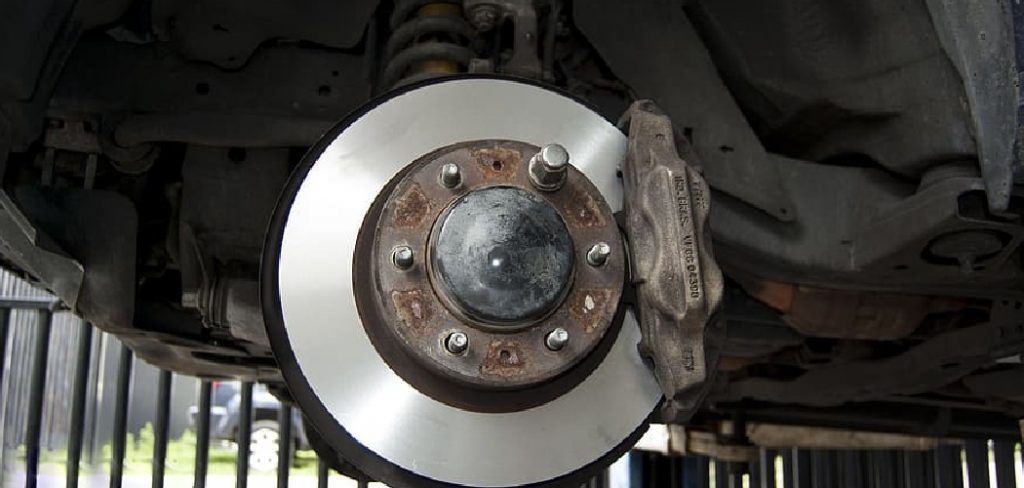
However, like all automotive components, they require regular care and attention to function effectively. This guide will provide you with how to maintain ceramic brake pads.
What Are Ceramic Brake Pads?
Ceramic brake pads are a type of brake pad made primarily from a dense ceramic material that is reinforced with small amounts of metal fibers. Unlike traditional organic or metallic brake pads, ceramic brake pads are designed to provide consistent braking performance, reduced noise, and minimal dust accumulation on wheels.
These pads are also known for generating less heat during braking, which can enhance the efficiency and longevity of the braking system. Due to their durability and smooth operation, ceramic brake pads have become a popular choice for both everyday driving and high-performance vehicles. However, they are typically more expensive than other types of brake pads, making their proper maintenance crucial for long-term value.
Benefits of Proper Maintenance
Regular maintenance of ceramic brake pads offers numerous advantages, ensuring both safety and cost-effectiveness. Properly maintained brake pads deliver consistent braking performance, which is critical for safe driving in various conditions.
Maintenance also helps prevent premature wear and tear, extending the lifespan of the brake pads and reducing the need for frequent replacements. Additionally, clean and well-maintained ceramic brake pads produce less brake dust, keeping your wheels cleaner and improving the overall appearance of your vehicle.
By maintaining your brake pads, you also protect other components of the braking system, such as rotors and calipers, from unnecessary strain and damage. Overall, investing time and effort into maintaining your ceramic brake pads can save money in the long run and contribute to a smoother and safer driving experience.
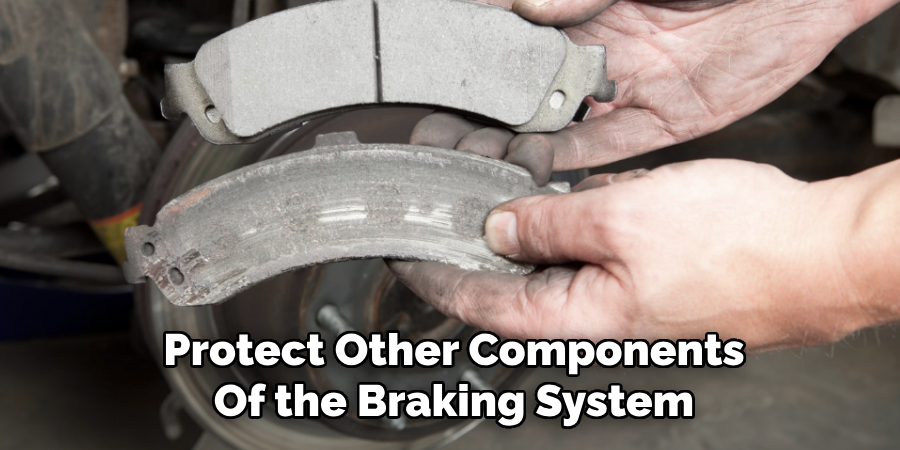
10 Methods How to Maintain Ceramic Brake Pads
1. Inspect Brake Pads Regularly
Regular inspection is fundamental to maintaining ceramic brake pads. Brake pads gradually wear down with use, and ignoring their condition can lead to reduced braking efficiency or even damage to the rotors. Every 5,000 to 7,000 miles, visually check the brake pads through the openings in the wheels or remove the wheels for a closer look.
Most pads have built-in wear indicators—small metal strips that produce a squealing sound when the pads are worn down to a critical thickness. Listening for these sounds and acting promptly will help you avoid costly rotor replacements and ensure optimal braking performance.
2. Clean Brake Components Thoroughly
Brake systems accumulate dirt, dust, and grime from the road, which can affect the efficiency of ceramic brake pads. Cleaning these components regularly is crucial to maintain proper function. Use a brake cleaner spray designed specifically for automotive braking systems.
Spray the cleaner onto the pads, rotors, and calipers, and wipe off debris with a clean cloth. This process not only improves the brake pad’s grip but also ensures even heat dissipation during braking, reducing the risk of premature wear or brake fade. Avoid using water or oil-based cleaners, as they can compromise braking efficiency.
3. Avoid Overloading Your Vehicle
Overloading a vehicle places additional strain on the braking system. Excess weight increases the pressure needed to bring the vehicle to a stop, accelerating wear on ceramic brake pads and rotors. To prevent this, always adhere to your vehicle’s recommended load capacity.
If you frequently carry heavy loads, distribute the weight evenly to reduce stress on any one side of the braking system. For vehicles like trucks or SUVs, consider upgrading to heavy-duty ceramic brake pads designed for higher loads, which will better withstand the added strain.
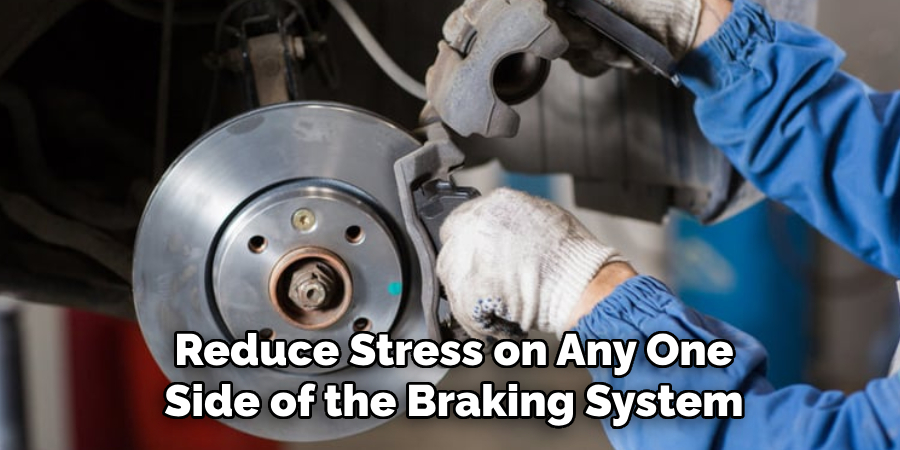
4. Practice Smooth and Controlled Braking
Driving habits significantly influence the lifespan of ceramic brake pads. Aggressive braking generates excessive heat, which can glaze the pads and reduce their effectiveness. Instead, practice smooth and controlled braking. Gradually apply the brakes when approaching a stop and anticipate traffic changes to avoid sudden braking.
This method not only extends the life of the brake pads but also enhances fuel efficiency and improves overall vehicle handling. On steep declines, downshift to a lower gear to let the engine assist in braking, reducing the workload on your brake pads.
5. Monitor and Maintain Brake Fluid Levels
Brake fluid plays a crucial role in the braking system, transferring pressure from the pedal to the brake pads. Over time, brake fluid can become contaminated with moisture and debris, reducing its effectiveness. Check the fluid level in the reservoir regularly and ensure it meets the “max” line.
Use only the type of brake fluid recommended in your vehicle’s manual. If the fluid appears dark or murky, have it flushed and replaced by a professional. Contaminated brake fluid can increase the pressure on ceramic brake pads, causing uneven wear and reduced braking performance.
6. Ensure Proper Wheel Alignment and Balance
Misaligned wheels or unbalanced tires can create uneven pressure on the braking system, leading to premature wear on ceramic brake pads. Schedule wheel alignment and balancing services every 10,000 to 12,000 miles or whenever you notice uneven tire wear or vibrations while driving.
Proper alignment ensures that the brake pads make consistent contact with the rotors, reducing uneven wear. Additionally, well-aligned wheels improve vehicle handling and extend the life of other suspension and braking components.
7. Rotate Tires Regularly
Regular tire rotation is an often-overlooked aspect of brake pad maintenance. Front brake pads typically wear faster than rear pads because of the additional weight of the engine and the braking force distribution. Rotating tires every 5,000 to 7,500 miles ensures even wear on both tires and brake pads.
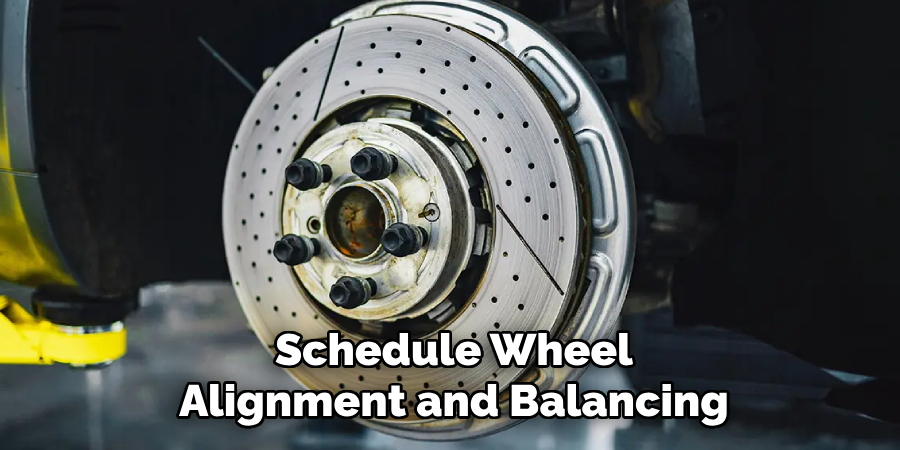
Balanced wear reduces stress on individual pads, improving their longevity. Follow the rotation pattern recommended by your vehicle manufacturer for the best results.
8. Break in New Ceramic Brake Pads Properly
Breaking in or “bedding” new ceramic brake pads is essential to ensure optimal performance. This process creates a thin, even layer of pad material on the rotor surface, improving friction and reducing noise. To break in new pads, accelerate to around 30–35 mph and apply moderate braking force to come to a near stop.
Repeat this process 5–10 times, allowing the brakes to cool for a few minutes between each stop. Avoid hard braking during the break-in period, as it can cause glazing and uneven wear.
9. Inspect Rotors and Resurface as Needed
Brake rotors work in tandem with ceramic brake pads to slow down the vehicle. Worn or uneven rotors can cause vibrations, noise, and accelerated pad wear.
During maintenance, inspect the rotors for grooves, warping, or scoring. If the surface is uneven, have the rotors resurfaced by a professional to create a smooth, flat contact area for the pads. Severely damaged rotors should be replaced, as resurfacing may not be sufficient to restore their effectiveness.
10. Replace Worn Components Promptly
The braking system relies on various components working in harmony, including calipers, mounting hardware, and shims. If any of these components become worn or damaged, they can cause uneven pressure on ceramic brake pads, leading to premature wear.
Inspect the hardware during routine maintenance and replace any worn or corroded parts promptly. Neglecting these smaller components can compromise the entire braking system and reduce the effectiveness of even the highest-quality ceramic pads.
Maintenance and Upkeep of Ceramic Brake Pads
Regular maintenance and upkeep of ceramic brake pads are necessary to maximize their performance and lifespan. Begin by scheduling periodic inspections of the braking system, ideally during routine vehicle servicing or every 10,000 to 12,000 miles.
Check the pads for signs of uneven wear, cracks, or thinning. Replace them if the material has worn down to the manufacturer’s recommended minimum thickness. Additionally, ensure the braking system remains clean and free from debris, as accumulated dirt can hinder the pads’ efficiency and cause noise or vibrations.
Another critical aspect of maintenance is keeping the braking system properly lubricated. Apply a high-quality brake lubricant on the back of the pads and other metal components where friction might occur. This helps minimize noise and ensures smoother operation.
Furthermore, if any squealing or grinding noises are detected during braking, address the issue immediately, as it could indicate worn pads, damaged rotors, or another underlying problem. Prompt attention to such issues prevents further damage and ensures consistent braking performance.
Finally, always use high-quality replacement parts and adhere to manufacturer specifications to guarantee safety and efficiency in your vehicle’s braking system.
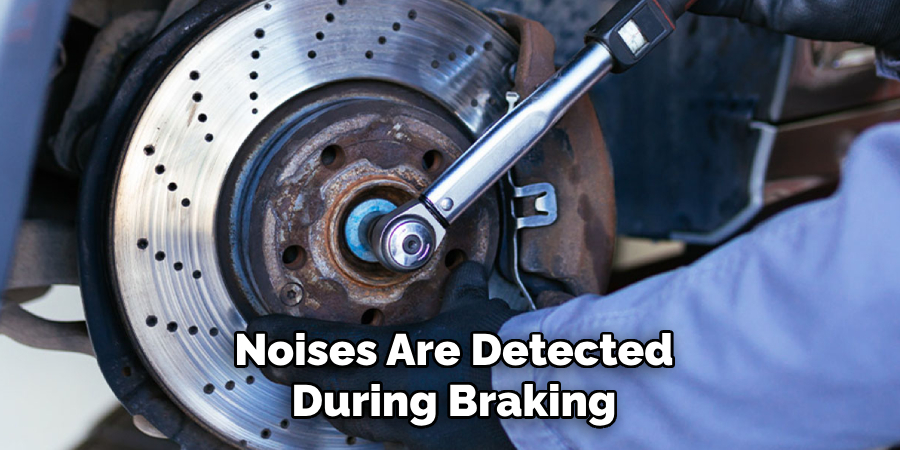
Conclusion
Maintaining ceramic brake pads involves a combination of regular inspections, good driving habits, and proactive care for the entire braking system.
By following these ten elaborated methods, you can extend the life of your brake pads, enhance their performance, and ensure the safety of your vehicle. So, there you have it – a quick and easy guide on how to maintain ceramic brake pads.
Specialization:
- Master of wheel-throwing, hand-building, and advanced glazing techniques
- Focus on creating both functional pottery and decorative art pieces
Recognition:
- Celebrated by collectors and art enthusiasts for creating one-of-a-kind pieces that blend artistry with functionality
- Participates in local and national exhibitions, earning accolades for his innovative designs and craftsmanship
Passion:
- Deeply committed to exploring and pushing the boundaries of ceramic artistry
- Continuously experiments with new materials, firing techniques, and artistic concepts to evolve his craft
Personal Philosophy:
- Believes in the transformative power of art, aiming to evoke emotions and connections through his ceramic creations
- Advocates for sustainability in ceramics, using eco-friendly materials and practices whenever possible


